
Stories of Breweries and People
Berlin’s wonderful all-Berliner weisse brewery announced it was closing a few weeks ago (full text included in this post), which gives me an opportunity to repost my article from five years ago about what a wonderful project it was.
Founder Alex Ganum is one of a handful of the most gifted brewers I’ve encountered in my travels around the world, and on a number of occasions, tasting his beer left me startled by its originality and accomplishment. With its singular vision and personality, Upright was an irreplaceable brewery.
For reasons no one can quite identify, a disproportionate number of brewers have decamped from Detroit to Portland, where they founded some pretty impressive breweries. For Montavilla Brew Works’ 10th anniversary, they’re doing a cool collaboration.
Tilray acknowledged it was closing Redhook’s Brewlab, ending the company’s 44-year run as a Seattle brewery. The brand will still be brewed in Portland, but with the closure Redhook will lose its last physical location.
Assembly Brewing, Portland’s first and only Black-owned brewery, is closing. After just six years, it had become one of the city’s landmark breweries, and owner George Johnson became one of Portland’s most engaging and interesting brewers. It’s a terrible loss.
It’s taken pFriem 13 years to expand from their original location in Hood River. On Monday, April 7th, they take their next step, with a beautiful, expansive new pub and restaurant in the old City Hall building in downtown Milwaukie, just south of Portland.
Herein lies one of the more interesting ironies of our times: there is a distinctive New England school of IPA. It is characterized by strength, sweetness, lack of bitterness, and high residual sugar. But maybe the haze is negotiable.
I was recently sipping a cask Bachelor Bitter at Deschutes Brewery and I started reflecting on its excellence and influence. I hope it becomes one of those grand old breweries future generations enjoy and celebrate.
I am compiling a database of breweries in Oregon for a website that will launch soon. It needs to be up-to-date and comprehensive, which means I’ve been poring through websites and social media accounts to find out which breweries still exist. The result? A lot fewer than I expected.
No top ten breweries list this year. But I can’t leave you entirely in the lurch, so here’s Portland’s brewery of the year. As a fun factoid, it has never appeared on one of my top-ten lists, either. Who says beer isn’t exciting anymore?
Winning awards and accolades isn’t enough to make a beer a classic, like Harvey’s Sussex Best or Saison Dupont or Schneider Weisse or Pliny the Elder. It takes decades of time, thought, and refinement. pFriem’s Pilsner is a case study in that unfolding process, and why it’s such a long journey.
In celebration of Upright’s 15th anniversary, I asked founder/brewer Alex Ganum and three other friends of Upright to describe memorable beers from the brewery’s run.
Somehow, Portland’s Upright Brewery has been around 15 years. Despite reaching its mid-teens, Upright has remained one of the most inventive, interesting, and unexpected breweries in the the country. As we hit this big milestone, let’s revisit what owner/brewer Alex Ganum has accomplished.
Detroit native George Johnson founded Assembly Brewing in 2019, bringing the authentic pizza from his hometown to Portland. Over the weekend, he opened a second location. It is a great opportunity to revisit the tale of George’s incredible perseverance.
I managed to get inside the old brewhouse at U Fleků yesterday, and offer this illustrated peek inside.
Is it possible that the most unusual brewery in America is the one that just makes two beers? Brienne Allan and Michael Fava are certainly making a compelling case with Sacred Profane, their year-old project in Biddeford, Maine.
It seemed like such an unlikely, almost perverse idea—right there at ground zero of the biggest craze in the 21st century, where people were spending hours in lines to buy thick, very sweet, intense ales, here was a brewery making elegant, clear, crisp lagers.
There aren’t too many bright spots in the beer industry right now, but I discovered two projects in Chicago that have the capacity to expand the market for craft beer. They involve unusual business models and entrepreneurs targeting communities who haven’t yet discovered good, locally-brewed beer.
If you are an average human—I was, it turned out—you will stop dead in your tracks and goggle at the massive abstract harp sculpture that floats over the central bar. It has churchy swoops and rises, recalling a pipe organ, and, like a cathedral, draws the eyes up.
After twelve years, Reverend Nat’s Hard Cider is ending its run. But founder Nat West isn’t sad about it and he doesn’t want his fans to be, either. Here’s the story, and the legacy the cidery leaves behind.
What makes an iconic brewery? I wonder if sometimes it’s the distance from a major city so many of them seem to reside. Living out on the high desert of Eastern Oregon has given Barley Brown’s the freedom to make beers with a definite identity.
I enjoyed a lot of wonderful beer in my visit to Oklahoma, but the IPAs Jake Keyes is making at Oklahoma City’s Skydance really stood out.
Whether or not you have been to Oklahoma or ever plan to go, it’s worth taking an ethnographic look at a young and developing beer scene that contains its own character and lessons. You’re doing fine, Oklahoma!
Two breweries joined a small wave opening in Portland in the past year, and even in a very crowded market they bring something eaters and drinkers won’t find elsewhere.
Oregon’s De Garde Brewing, possibly the only brewery outside Belgium exclusively making spontaneously-fermented beer, turns ten next month. That decade charts big changes in the fortunes of wild ales in the US.
Just six months since it launched, Living Häus is making some of Portland’s best beer. In this post, I talk to Mat Sandoval and Conrad Andrus to see what makes it tick.
Did you know there were two Kona Breweries? Both make Big Wave and Longboard Lager. Both have the same evocative island art and the same motto (“liquid aloha”). Yet the original one on the Big Island is now independent and has nothing to do with the stuff made on the mainland.
When Yvan De Baets and Bernard Leboucq installed their brewery in Brussels in 2010, it doubled the number in the capital city. Since then, a number of new breweries have followed, but none have focused so single-mindedly on creating hometown beers.
For obvious reasons, accomplished brewers don’t love people constantly focusing on their gender. Any brewer who manages to work their way up from keg washer to celebrated brewery owner deserves attention and respect, and yet it’s something of a watershed moment for Portland to see a woman do this.


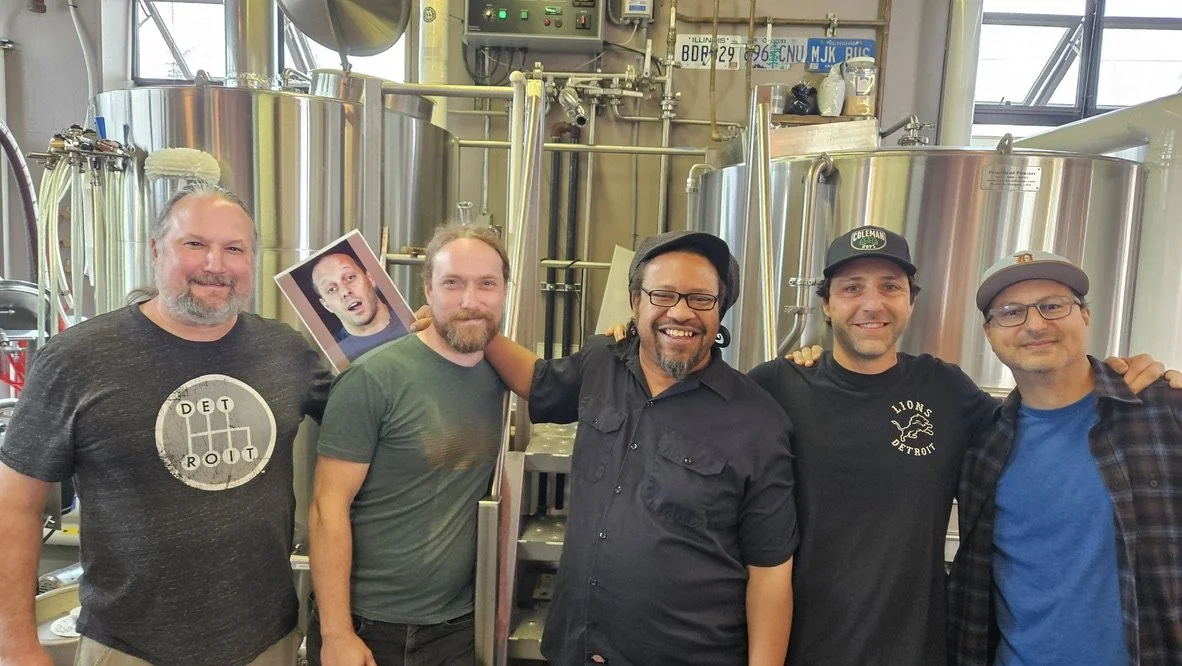
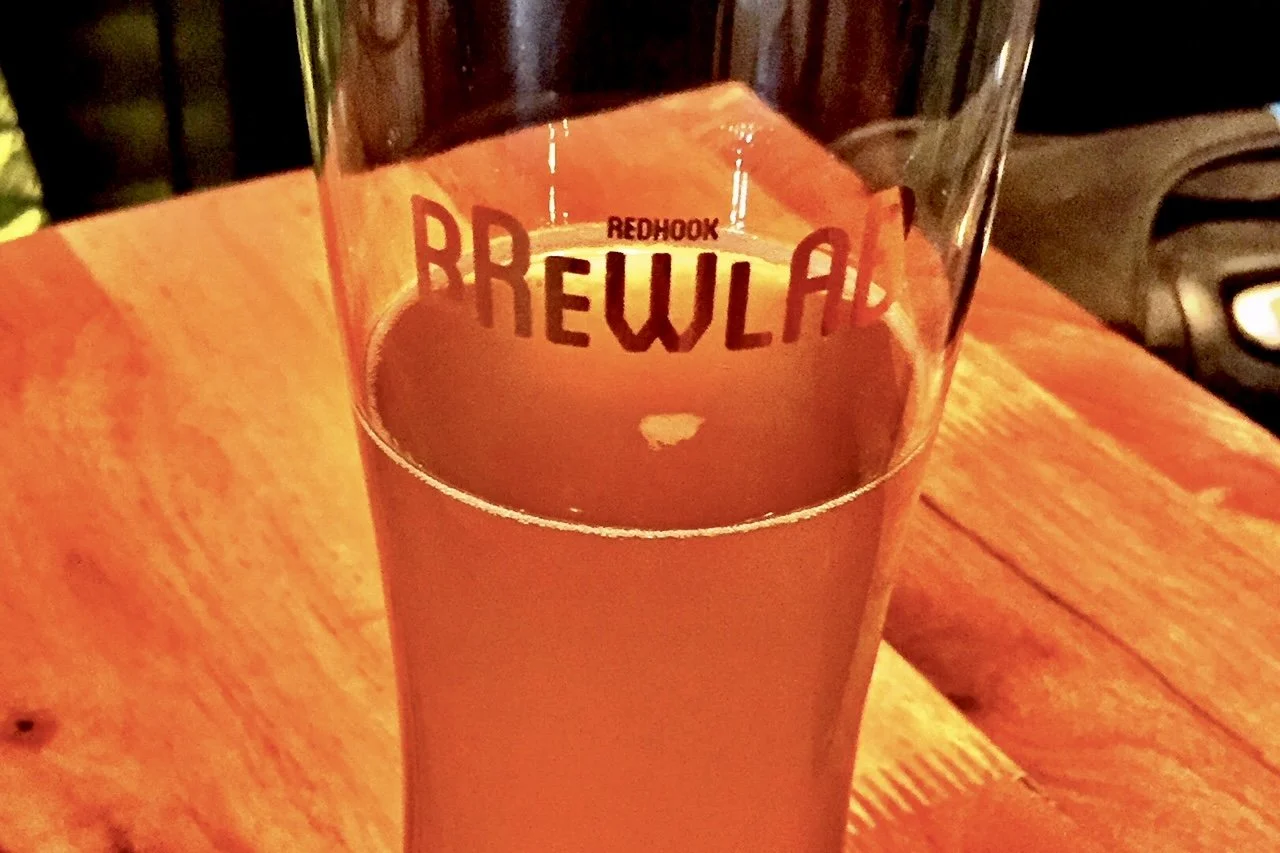

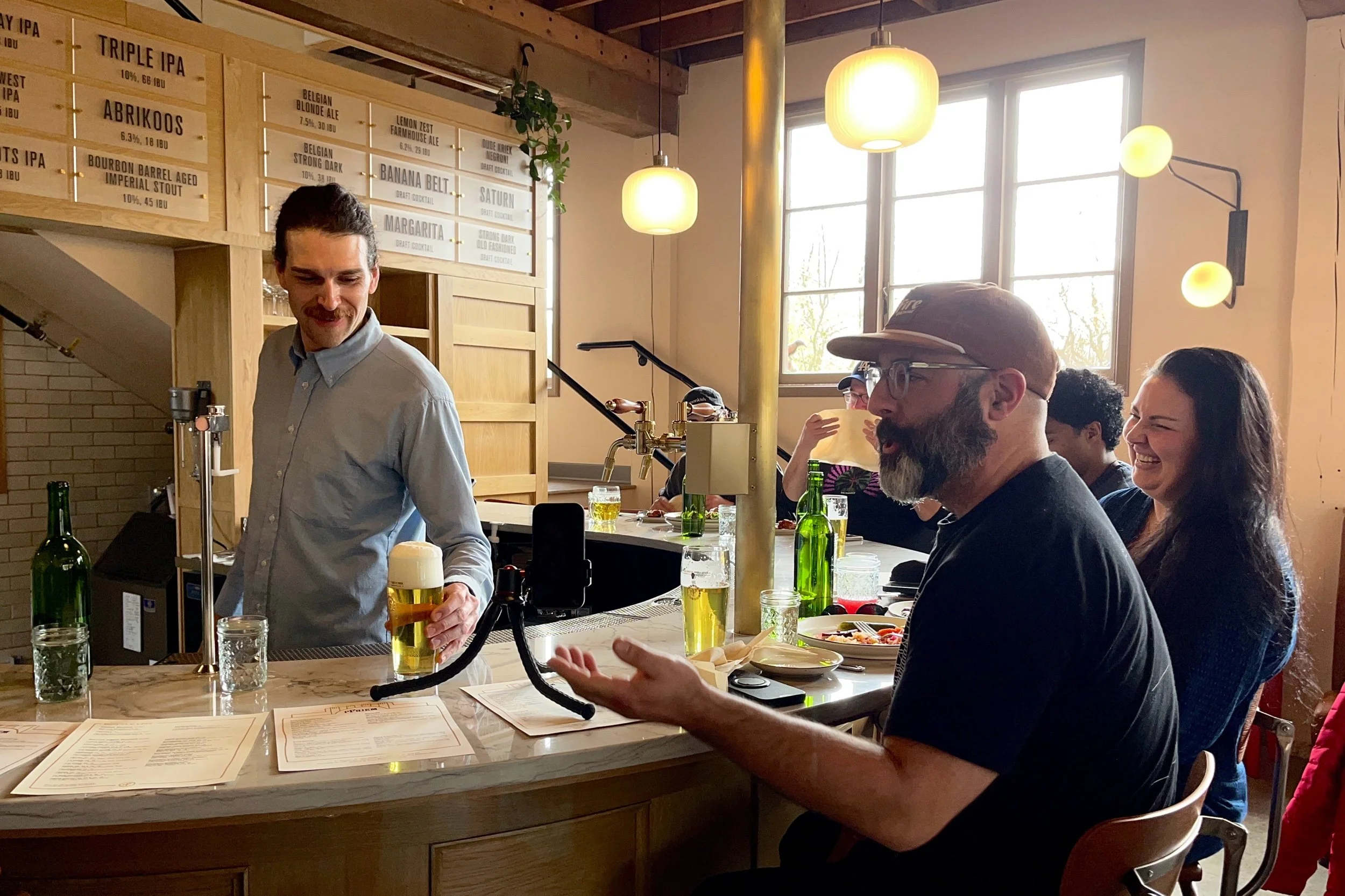

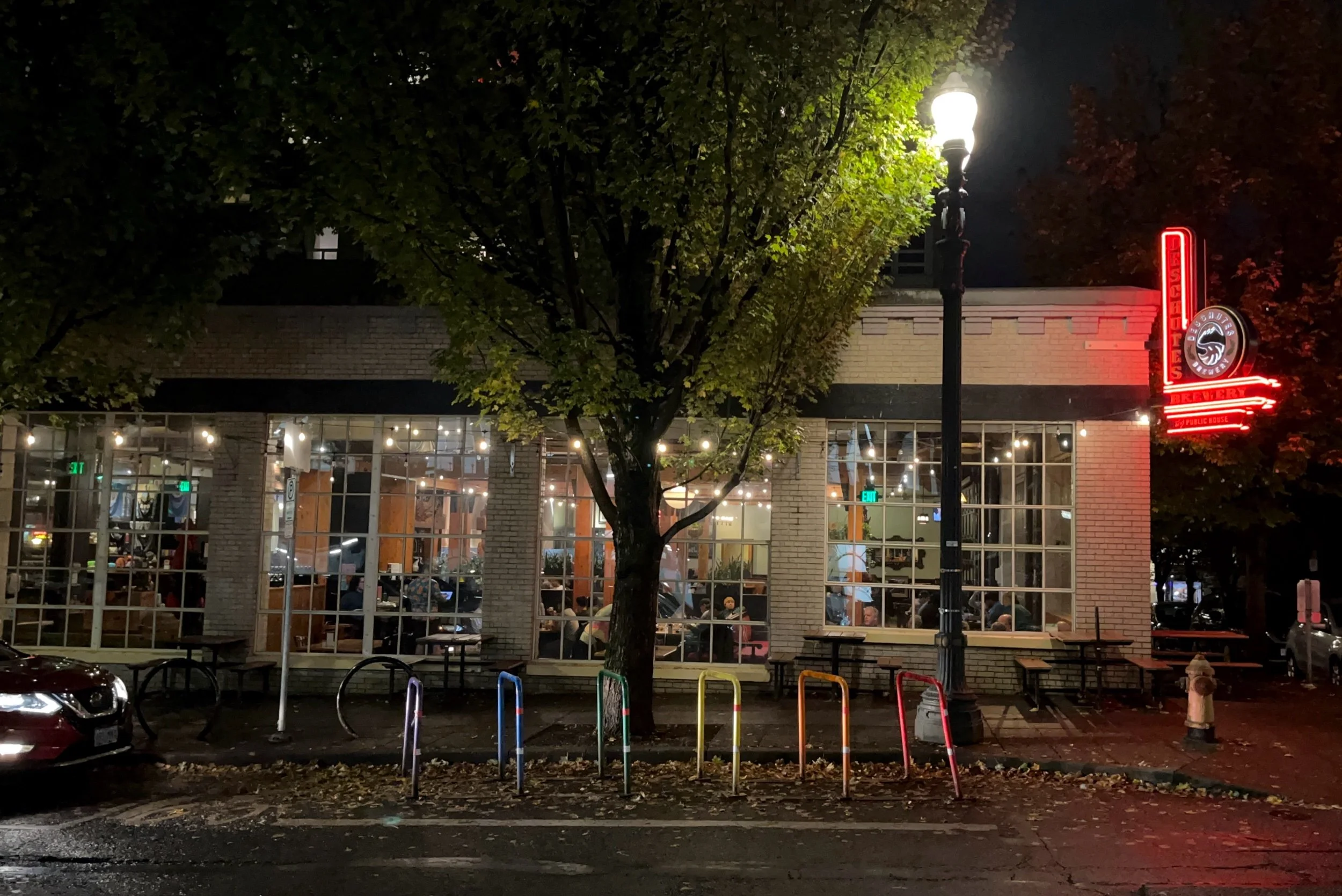





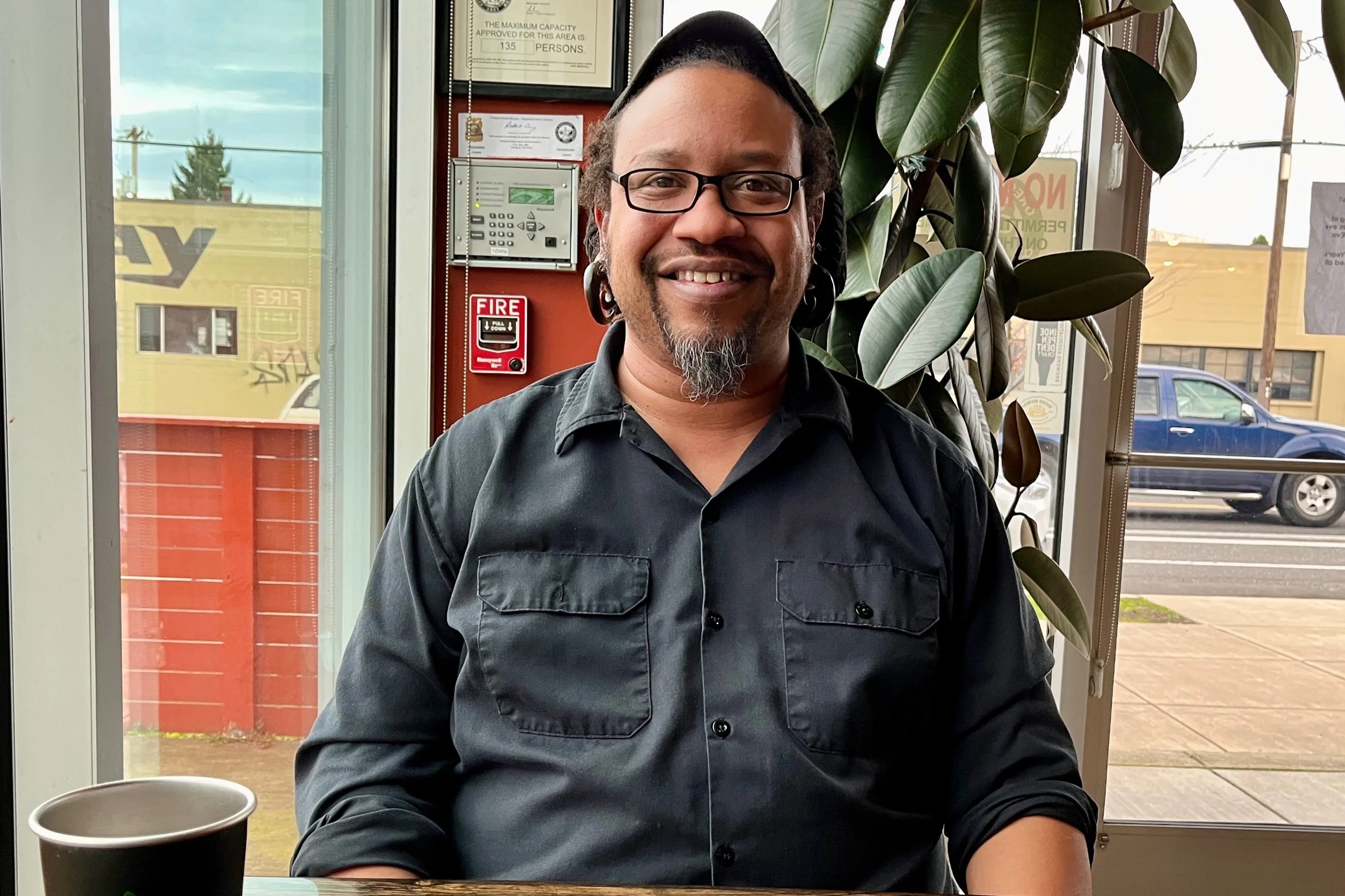

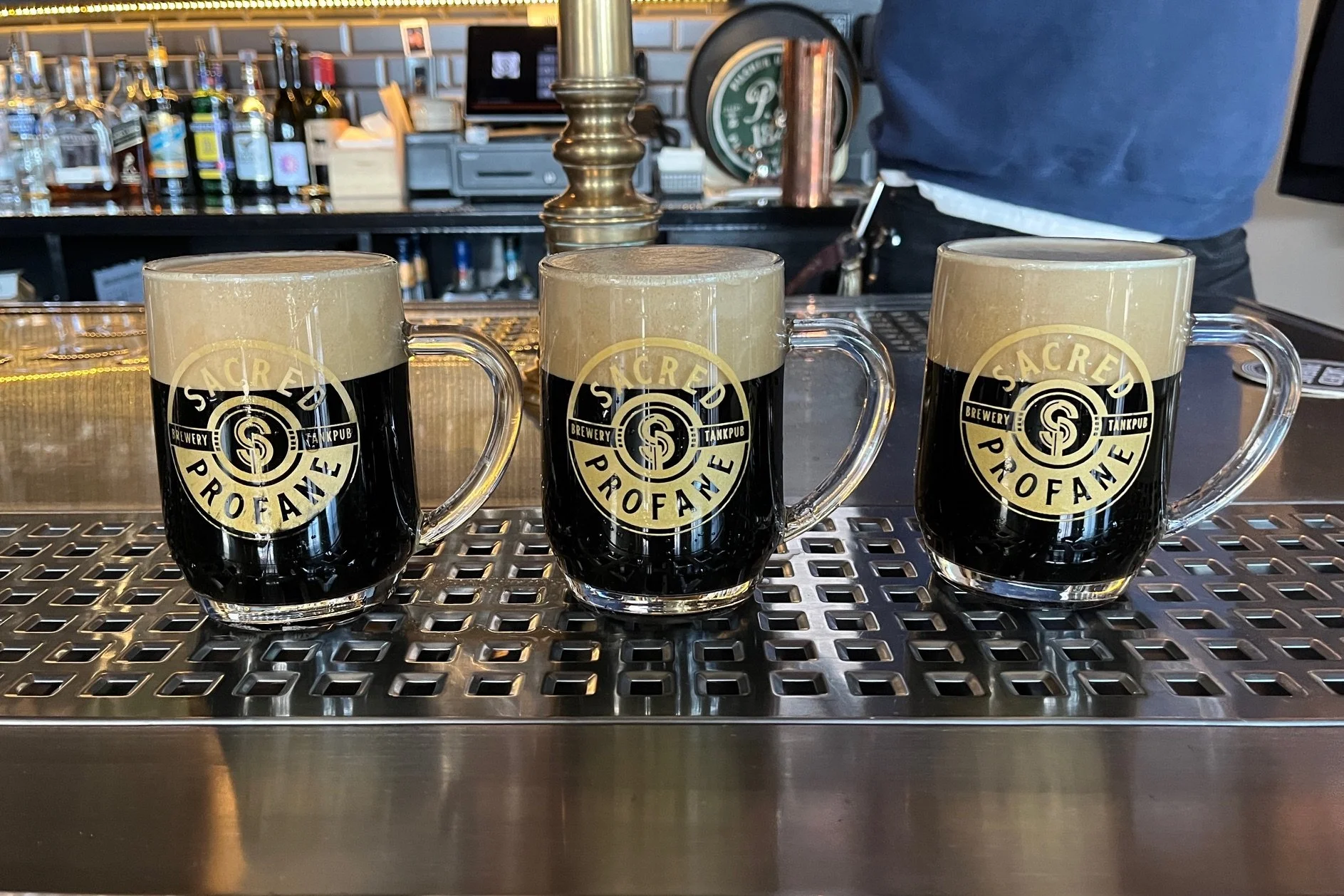
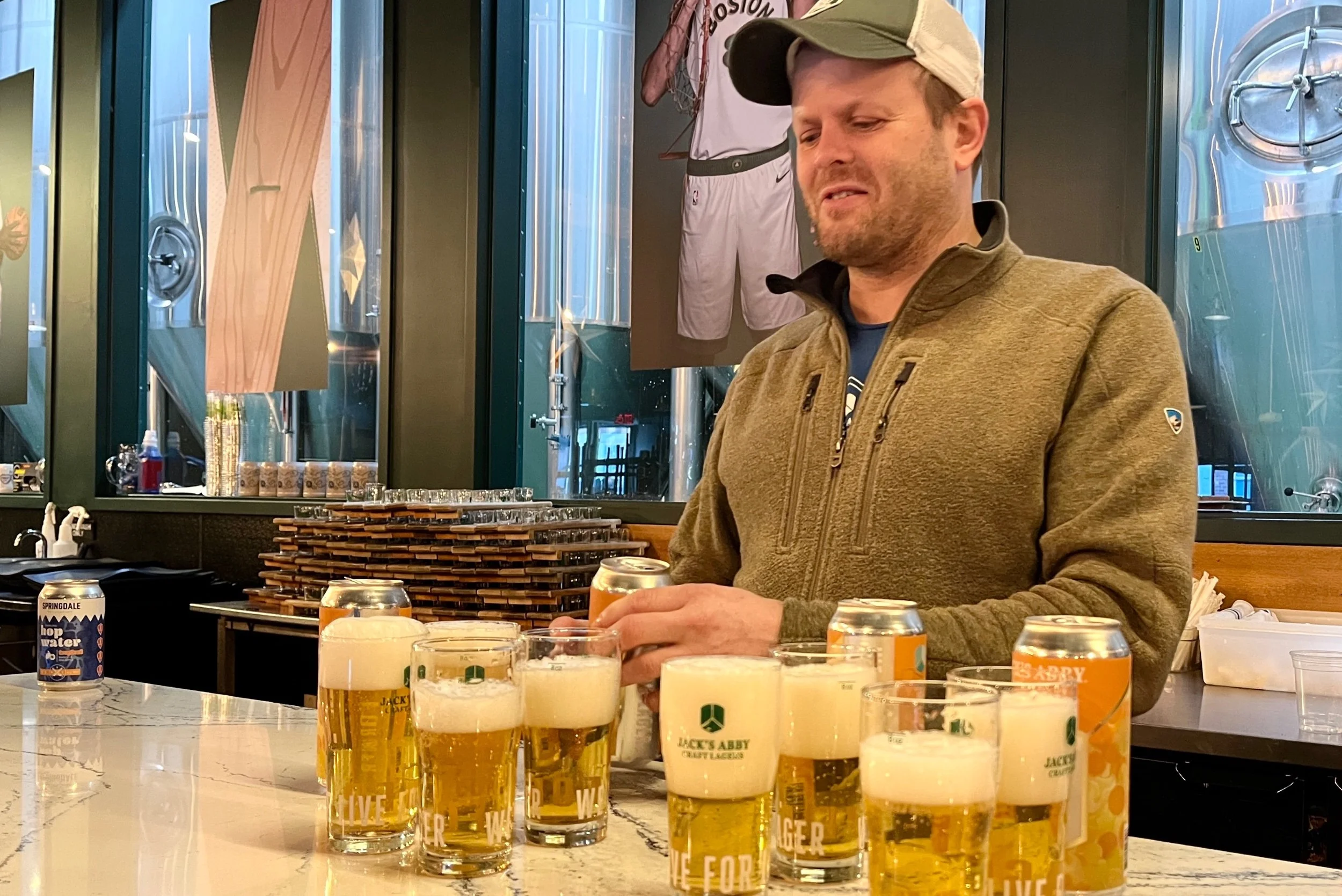



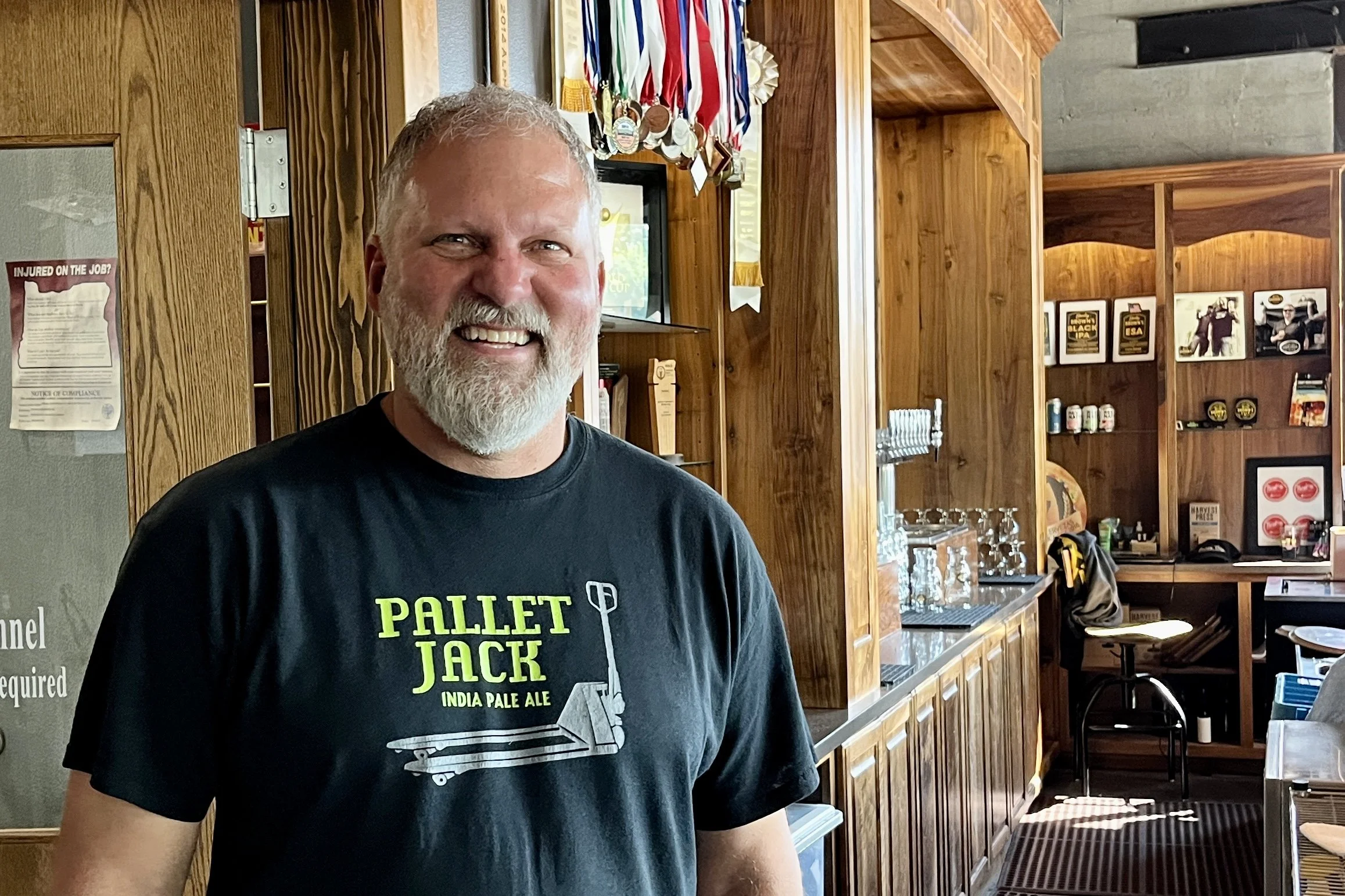

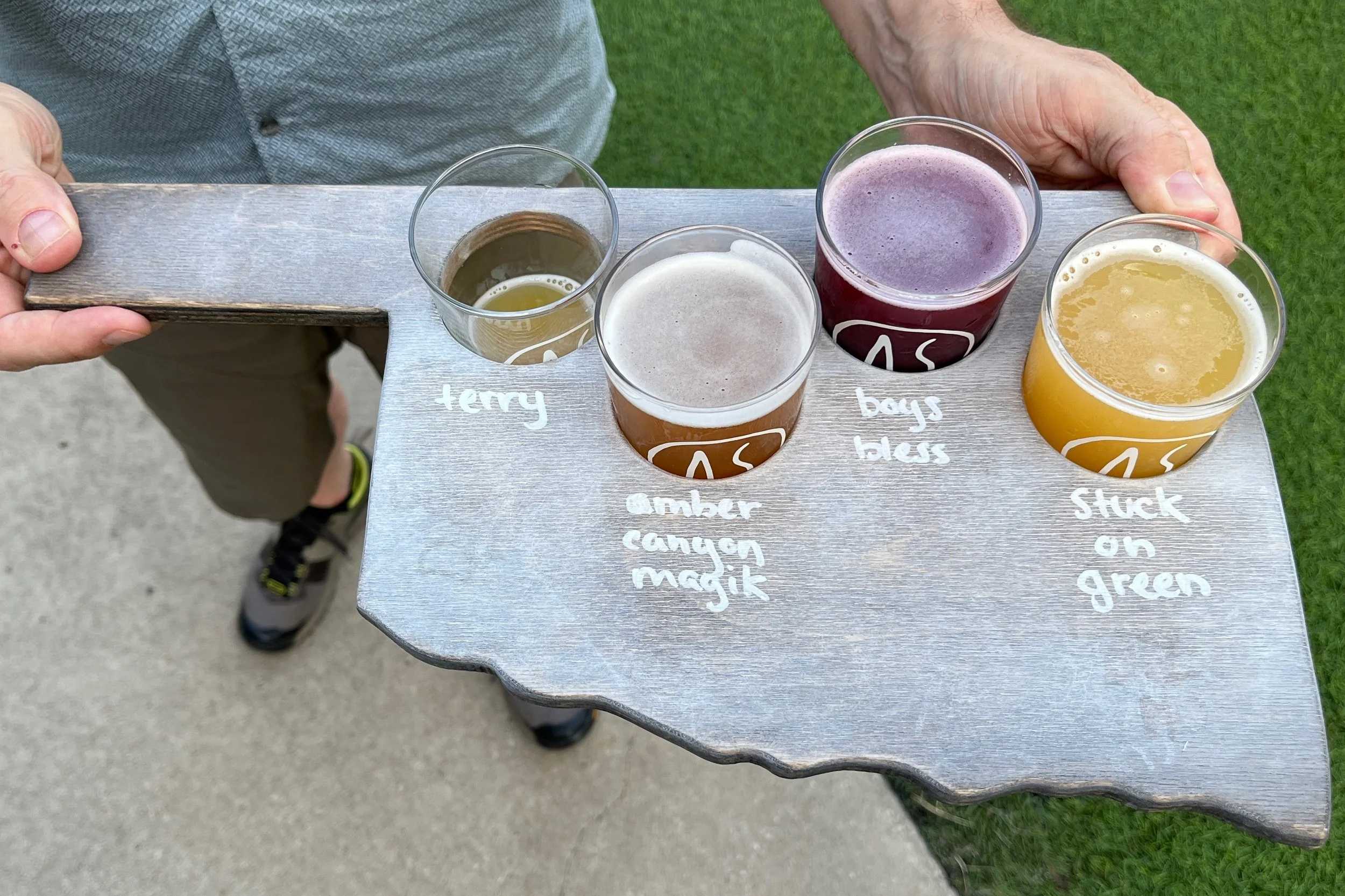
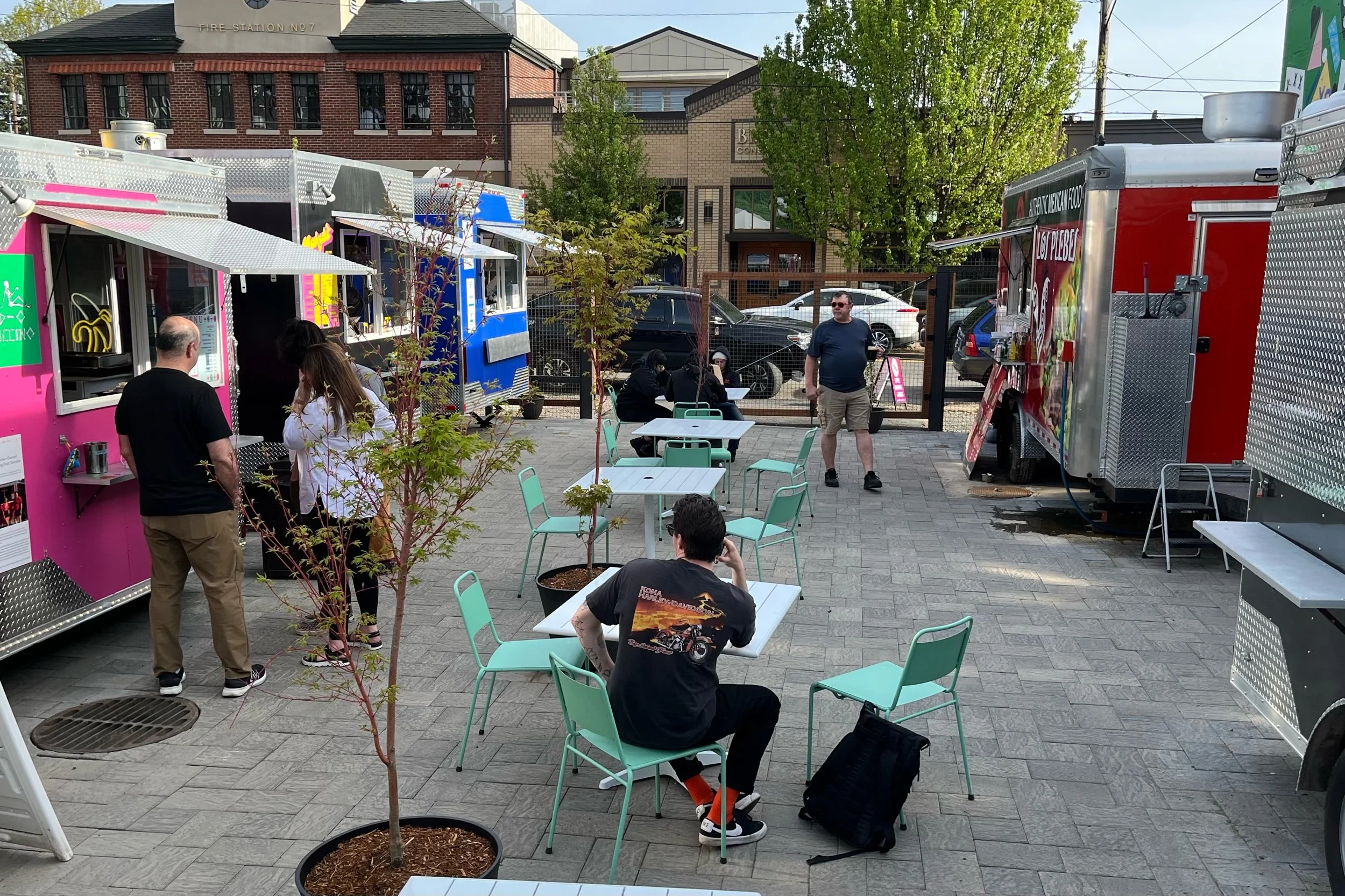
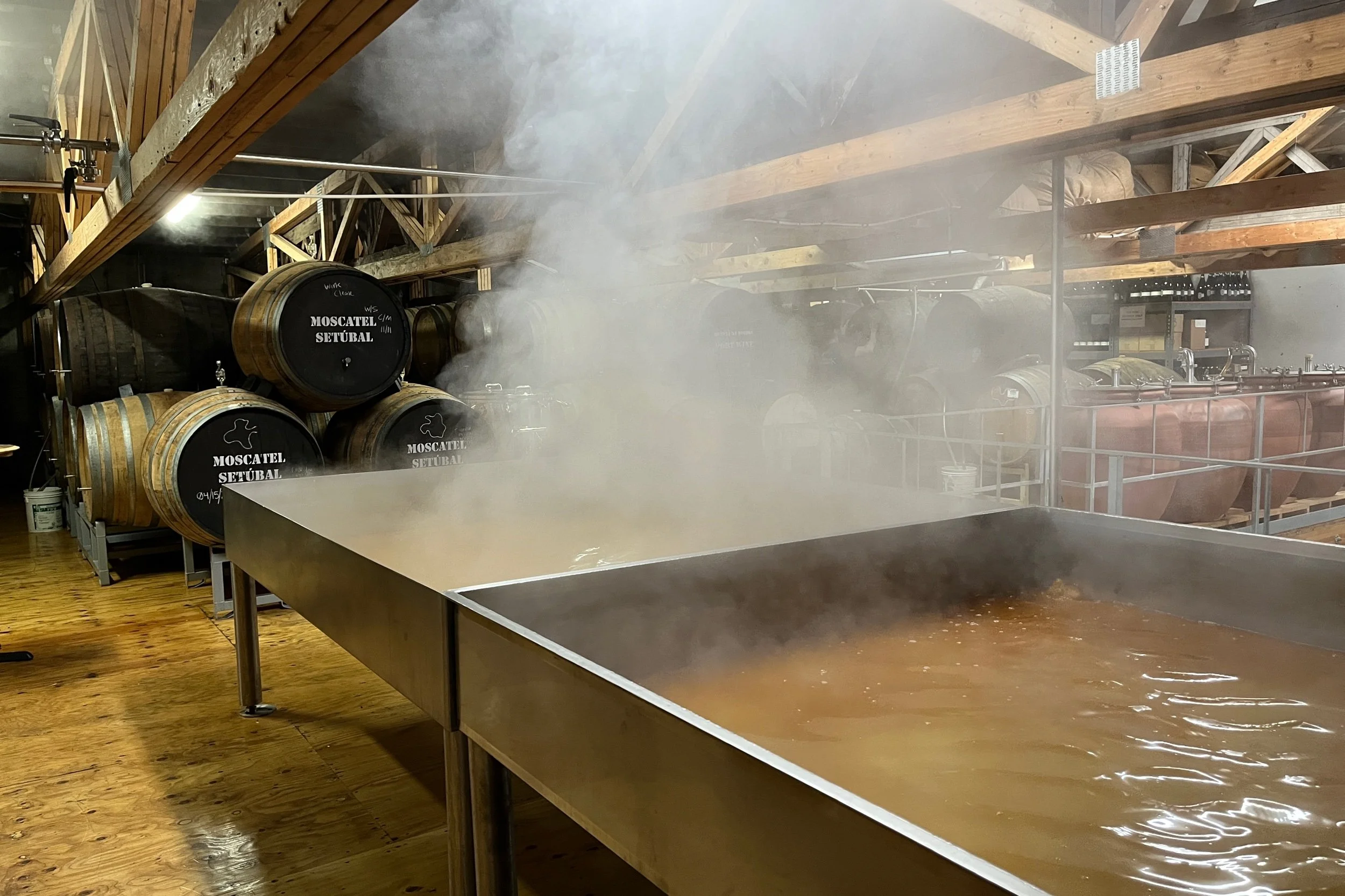



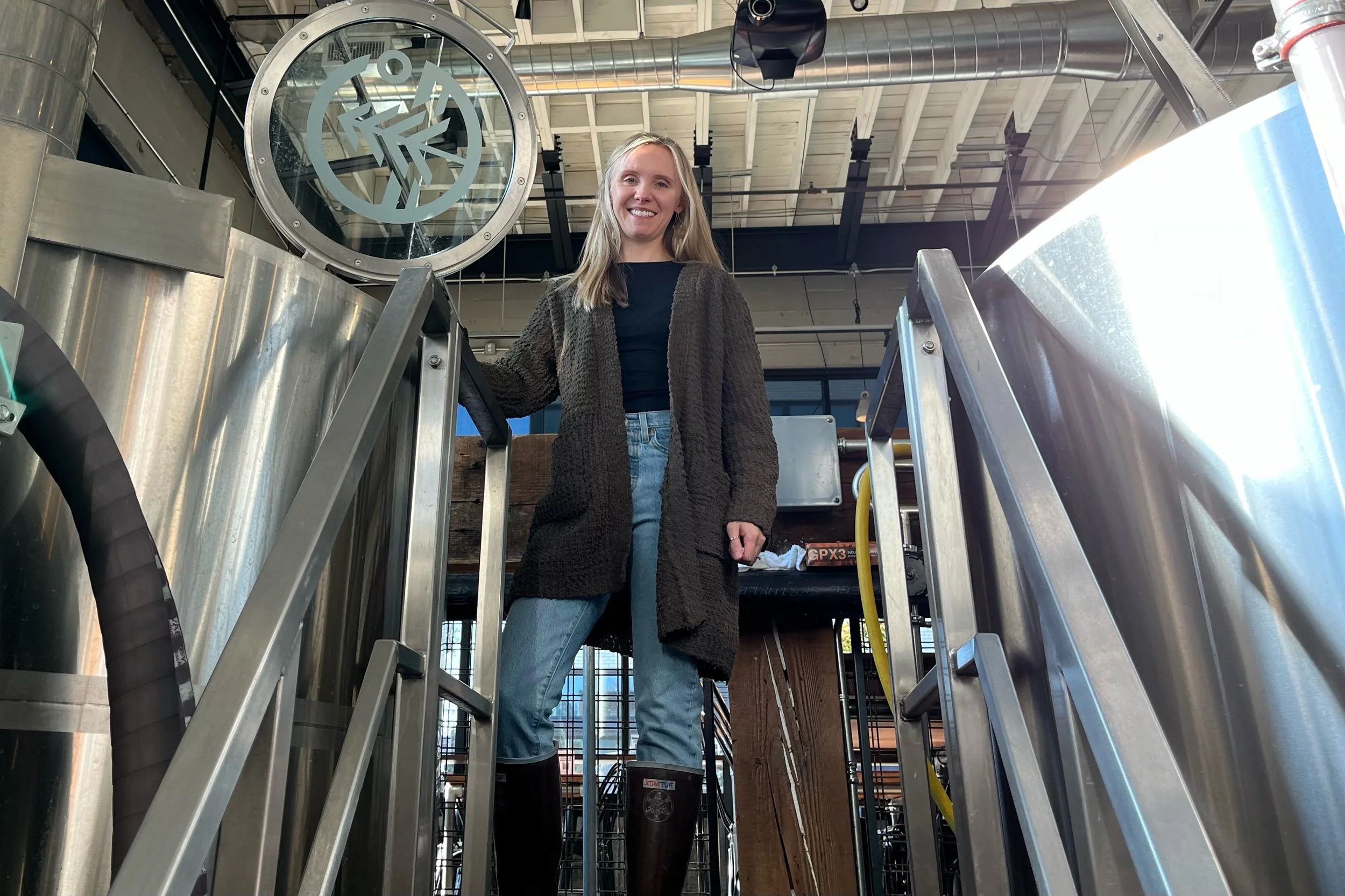
With the apparent permanent closure of Rogue Ales, it’s time to consider the legacy of this early craft brewery. It may surprise many drinkers who today think of Rogue as tame and boring to learn that it was once a radical experiment. And that’s how we should remember it.